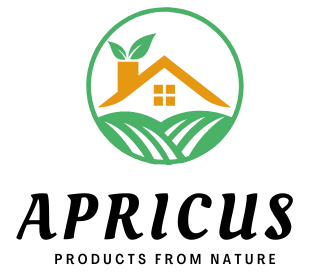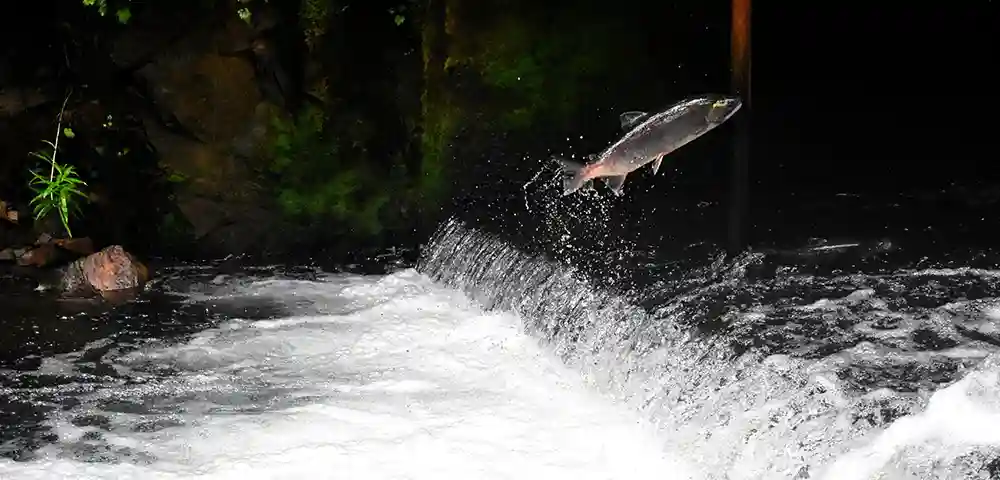Aquaculture, or the farming of aquatic organisms such as fish, shellfish, and plants, is a growing industry in Jamaica and around the world. This technique allows farmers to produce a steady supply of high-quality seafood while also reducing the pressure on wild fish populations.
Here is a step-by-step guide on how Jamaican farmers can implement aquaculture on their farms.
Step 1: Choose the species to farm
The first step in implementing aquaculture is to choose the species that you want to farm. Some common species farmed in Jamaica include tilapia, catfish, and shrimp. It is important to choose a species that is suitable for the local climate and water conditions.
Step 2: Choose the type of aquaculture system
There are several types of aquaculture systems to choose from, including ponds, tanks, and cages. Ponds are the most common type of aquaculture system in Jamaica, as they are easy to construct and maintain. Tanks and cages are also options for farmers who want to farm species that require more controlled water conditions.
Step 3: Obtain the necessary equipment and materials
To set up an aquaculture system, farmers will need to obtain the necessary equipment and materials. This includes things like tanks, pumps, filters, and feed. It is important to choose high-quality equipment that is suitable for the chosen species and system type.
Step 4: Construct the aquaculture system
Once all of the necessary equipment and materials have been obtained, the next step is to construct the aquaculture system. This involves setting up the tanks, ponds, or cages and installing the necessary equipment such as pumps and filters. It is important to follow the manufacturer’s instructions and local regulations when constructing the system.
Step 5: Stock the aquaculture system Once the aquaculture system is set up,
The next step is to stock it with the chosen species. This involves purchasing fingerlings or juvenile fish from a reputable supplier and introducing them to the system. It is important to monitor the health and growth of the fish to ensure that they are thriving in the new environment.
Step 6: Feed and maintain the aquaculture system
Once the aquaculture system is stocked, the next step is to feed and maintain the system. This involves providing the fish with a balanced diet and regularly monitoring the water quality and temperature. It is also important to keep the system clean and to remove any dead fish or waste from the system.
Practical examples of aquaculture in Jamaica
Tilapia Farming: Tilapia is a popular species of fish in Jamaica, and many farmers have started to cultivate them in ponds and tanks. This species is easy to raise and is tolerant of a wide range of water conditions. Additionally, tilapia is a fast-growing species and can reach harvest size within 6-8 months. Farmers who want to farm tilapia can set up a pond system and stock it with fingerlings. They can then feed the tilapia with a balanced diet and monitor the water quality and temperature to ensure that the fish are thriving.
Shrimp Farming: Shrimp farming is another popular aquaculture technique in Jamaica. This method involves raising shrimp in tanks or ponds, and can be done both on a small scale and on a large scale. Shrimp are a high-value species that require controlled water conditions. farmers who want to farm shrimp can set up a tank system and stock it with juvenile shrimp. They can then feed the shrimp with a specially formulated diet and monitor the water quality and temperature to ensure that the shrimp are thriving. Shrimp farming is a profitable enterprise and can provide a steady source of income for farmers.
Oyster Farming: Oyster farming is a relatively new technique in Jamaica, but it has great potential for growth. This method involves cultivating oysters in controlled conditions, such as in a hatchery or in cages submerged in the ocean.
Conclusion
In conclusion, aquaculture is a viable and sustainable farming technique for Jamaican farmers. It allows farmers to produce a steady supply of high-quality seafood while also reducing the pressure on wild fish populations. By following the steps outlined in this guide, farmers can successfully implement aquaculture on their




